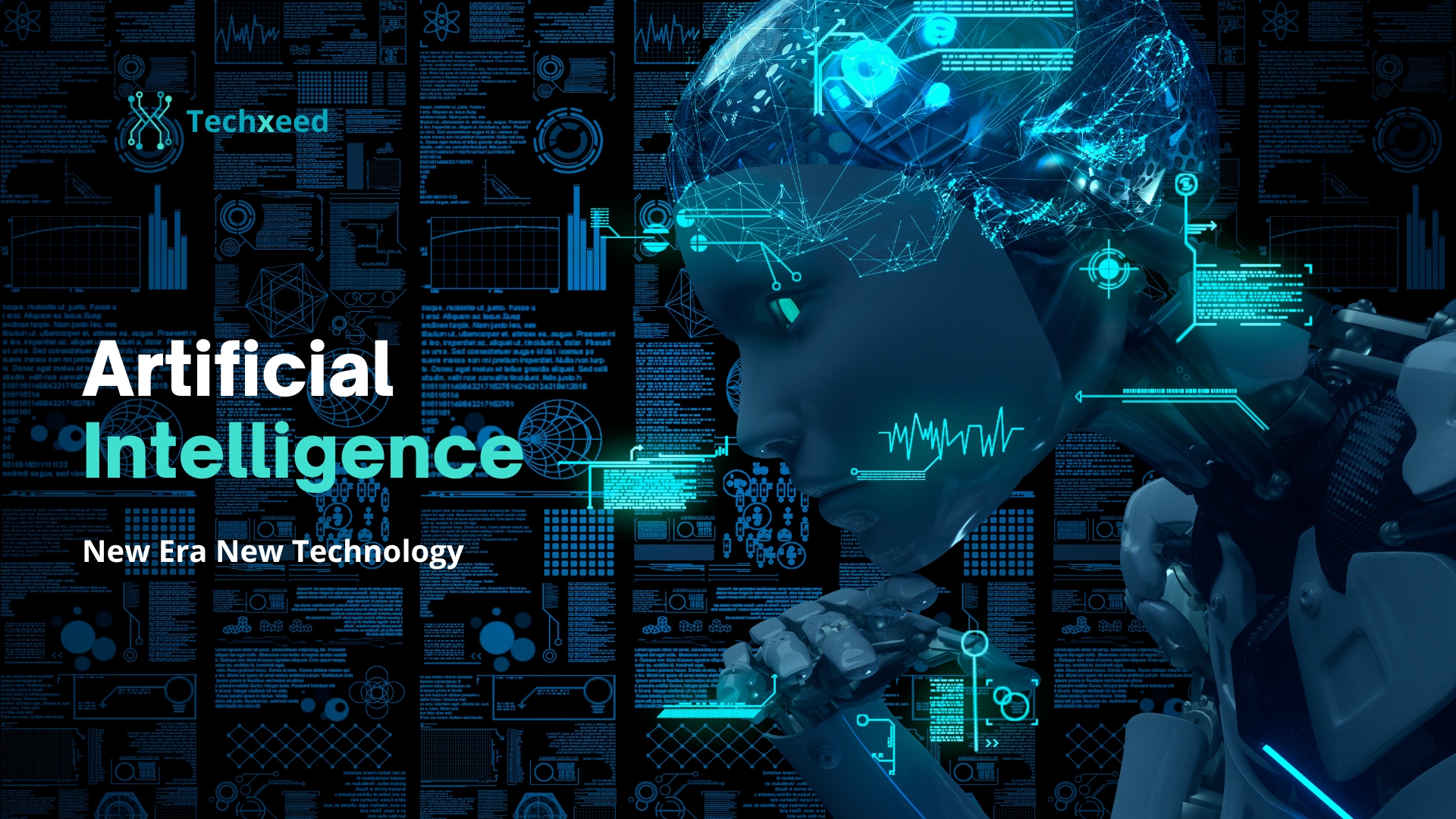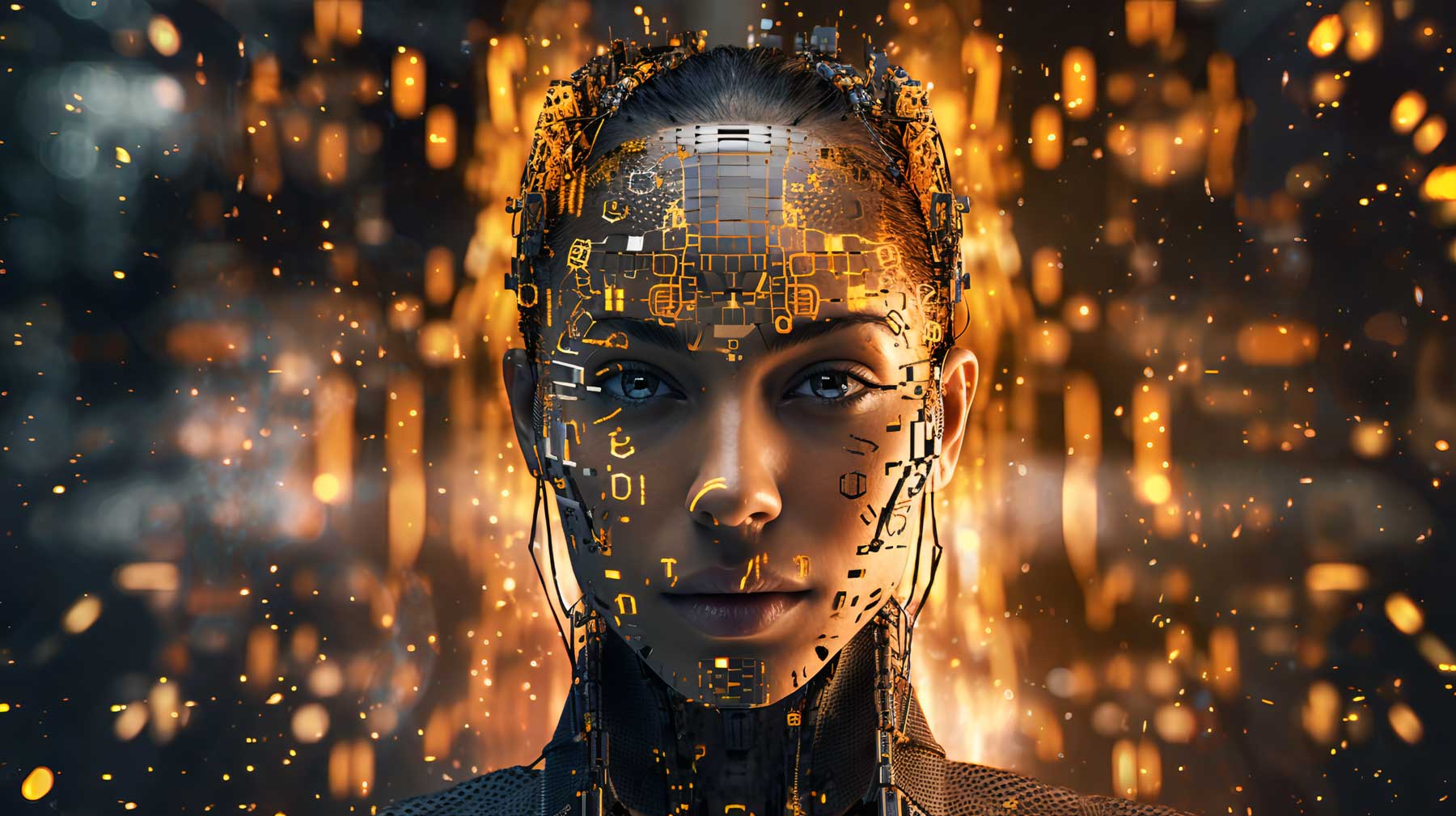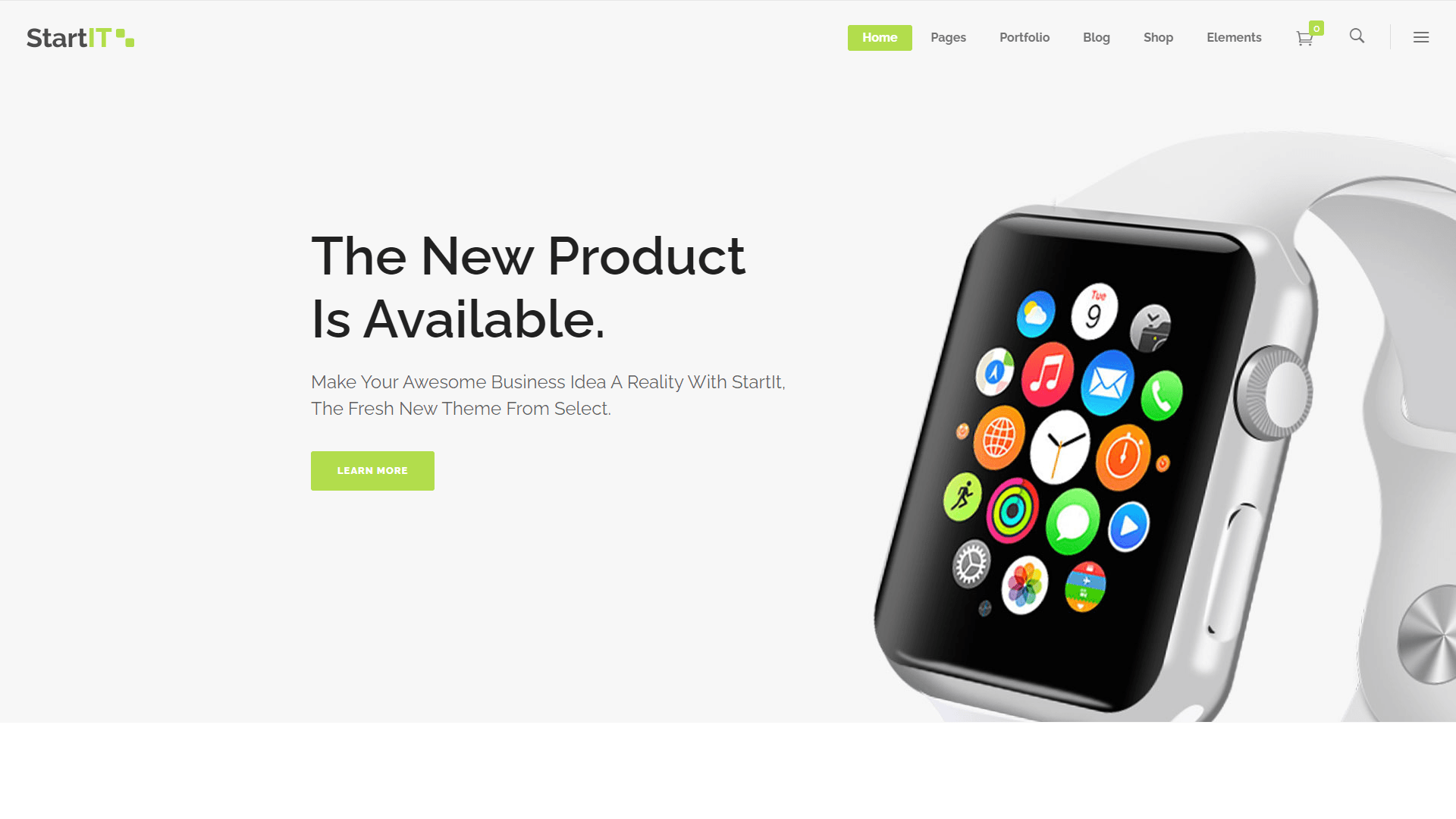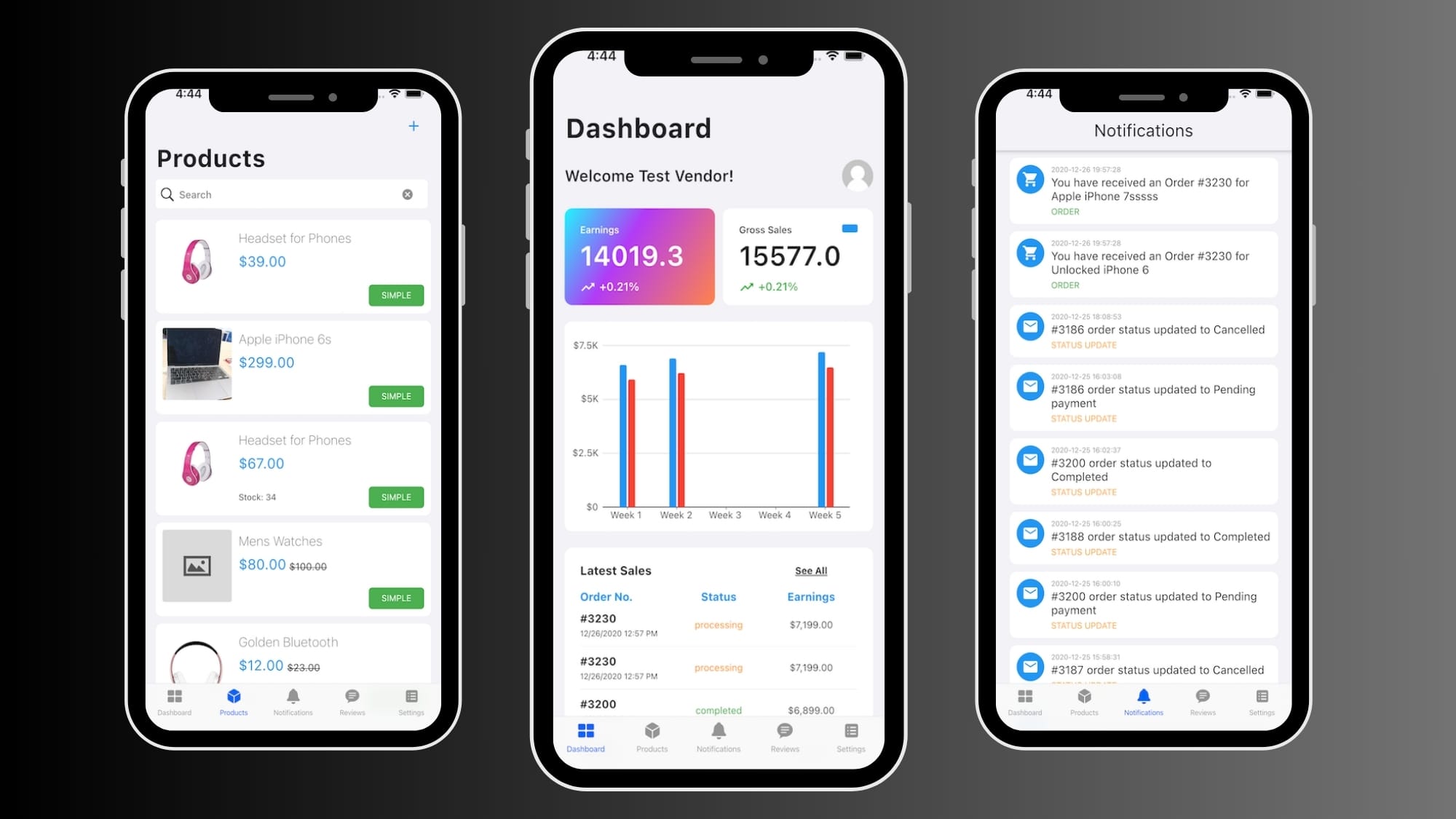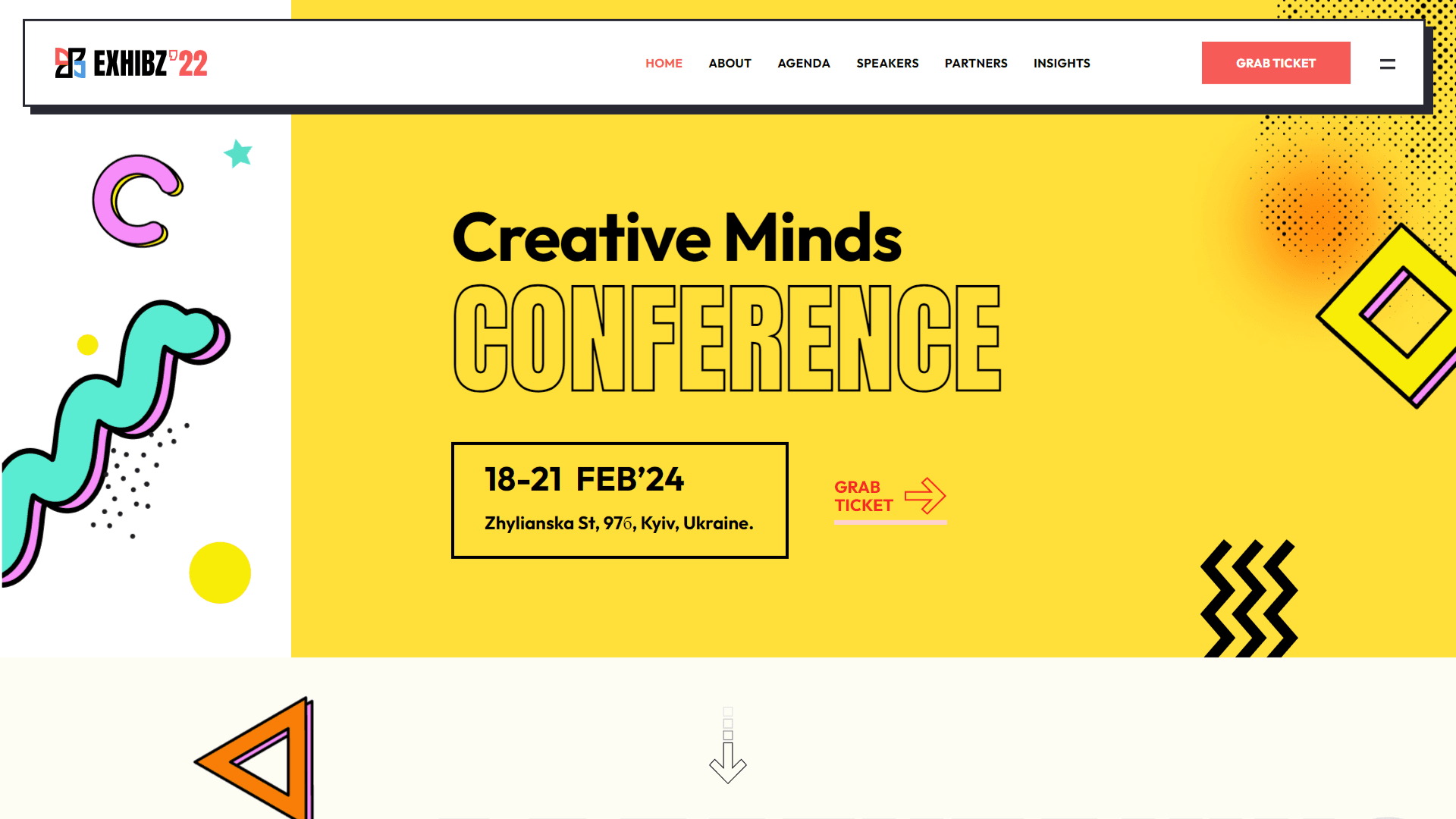Web3: Leading the Revolution in Digital Decentralisation – Innovations and Key Players to Watch in 2025
The landscape of the internet is evolving, and Web3, also known as the
decentralized web, is taking the lead in this transformation. With blockchain
technology at its core, Web3 promises to reshape everything from finance to
social media, offering decentralized, peer-to-peer systems that put control
back into the hands of users. But where is Web3 heading in 2025? And who are
the key players driving this digital revolution?
What is Web3?
Web3 is the next step in the internet's evolution, moving away from the centralized,
platform-driven Web2 (the current internet) to a decentralized model where
individuals control their own data and digital assets. Powered by blockchain,
cryptocurrencies, and decentralized applications (dApps), Web3 enables a
trustless ecosystem where transactions and data exchanges can occur without the
need for intermediaries.
In Web3, users can participate in the ownership and governance of the platforms
they use. This new paradigm aims to enhance privacy, transparency, and security
by reducing reliance on centralized entities such as tech giants and financial
institutions.
Key Players Leading Web3 Innovation
Several organizations, both established tech companies and new startups, are playing a
significant role in shaping the Web3 ecosystem. Let's take a look at the main
drivers of Web3 innovation:
1. Ethereum (ETH)
Ethereum remains one of the most powerful players in the Web3 space. Known for its smart
contracts and decentralized applications (dApps), Ethereum is the foundation
for many Web3 platforms. The transition to Ethereum 2.0, which focuses on
scalability and energy efficiency, is set to bolster its position as a key
player in the Web3 revolution. Ethereum's decentralized finance (DeFi)
ecosystem continues to grow, attracting developers, investors, and users.
2. Polkadot (DOT)
Polkadot
is another major Web3 platform designed to enable different blockchains to
interoperate. It allows the transfer of data and assets between chains, solving
one of the most significant challenges in the blockchain ecosystem. Polkadot’s
unique architecture is positioning it to be a leader in cross-chain
communication, which will be vital as Web3 continues to expand.
3. Filecoin (FIL)
Filecoin is revolutionizing data storage with its decentralized approach. The platform
allows users to rent out unused storage space and create a distributed file
storage system. As Web3 grows, the need for decentralized storage solutions
becomes even more critical, and Filecoin is at the forefront of this
innovation.
4. Chainlink (LINK)
Chainlink is a decentralized oracle network that plays a crucial role in connecting smart
contracts with real-world data. In a Web3 world, smart contracts will need
access to external information, such as market prices or weather data, and
Chainlink is positioning itself as the primary solution to bridge this gap.
5. Solana (SOL)
Solana
is gaining momentum as one of the fastest-growing blockchain platforms in the
Web3 space. Known for its high transaction throughput and low fees, Solana is
particularly popular in decentralized finance (DeFi) applications. Its growth
could be instrumental in scaling Web3 applications and making them more
accessible to the masses.
6. Web3 Foundation
The Web3 Foundation itself is a key entity in the Web3 space, focused on supporting
the development of decentralized technologies and applications. Through various
initiatives and partnerships, it’s working to promote the adoption of Web3
protocols and ensuring they evolve to meet the needs of users in a
decentralized world.
7. Filecoin Foundation, Arweave, and IPFS
These decentralized storage platforms are critical to the Web3 ecosystem. While
Filecoin leads in decentralized file storage, Arweave offers permanent data
storage using blockchain technology, and IPFS (InterPlanetary File System)
ensures that files are stored and shared in a distributed manner. The
combination of these technologies will be vital for a truly decentralized
internet in 2025 and beyond.
Web3 in 2025: What’s Ahead?
As we look toward 2025, Web3 is poised to make further strides toward mainstream
adoption. Here are some key trends and innovations to watch for:
1. Interoperability Between Blockchains
In 2025, the demand for blockchain interoperability will grow as more
decentralized applications (dApps) are developed. Solutions like Polkadot and
Cosmos, which enable different blockchains to communicate with each other, will
become even more crucial. This interconnectedness will lead to a more seamless
user experience across the Web3 ecosystem.
2. Decentralized Identity Solutions
As privacy concerns grow, decentralized identity solutions will become more
widespread. Projects like Sovrin and uPort are already laying the groundwork
for users to have full control over their identities, allowing them to maintain
privacy while interacting with Web3 platforms. By 2025, these solutions will
become essential for secure and trusted digital interactions.
3. Web3 and Social Media
Web3 has the potential to revolutionize social media by removing centralized control
and allowing users to own their content. Platforms like Steemit and Lens
Protocol are already experimenting with decentralized social networks. By 2025,
we may see the rise of Web3-powered social media platforms that reward users
for their contributions and ensure greater data privacy.
4. Metaverse Integration
The metaverse is rapidly becoming a key area of focus within Web3. Major companies,
including Facebook (now Meta), are investing heavily in metaverse technologies.
By 2025, we can expect Web3 technologies to play a major role in shaping
immersive virtual worlds where users can own digital assets, create and
monetize content, and interact with others in a decentralized environment.
5. Web3-Driven Decentralized Finance (DeFi)
Decentralized finance (DeFi) has exploded in recent years, and by 2025, it will likely be a
key pillar of the Web3 economy. DeFi platforms built on Ethereum, Solana, and
other blockchains will continue to disrupt traditional finance, offering
decentralized lending, borrowing, and trading without intermediaries.
6. NFT Evolution
NFTs (non-fungible tokens) are another Web3 innovation that will continue to evolve
in 2025. While they initially gained traction in the art and entertainment
industries, NFTs are expanding into sectors like real estate, gaming, and
finance. By 2025, NFTs may be integrated into more industries, enabling new
forms of digital ownership and asset management.
Conclusion
Web3 is poised to revolutionize the internet by decentralizing power, offering more
privacy, and empowering users. As blockchain technologies continue to evolve,
key players like Ethereum, Polkadot, and Solana are leading the way toward a
decentralized future. With innovations like decentralized finance, blockchain
interoperability, and the rise of the metaverse, Web3’s impact will be felt
across every facet of our digital lives by 2025.
As we look ahead, the decentralized web is not just about technology—it’s about
empowering users to take control of their data, digital identities, and online
experiences. The journey is only just beginning, and 2025 will be a critical
year in the shaping of the Web3 era.
- 0 comments
- Jan 21, 2025






.png&w=128&q=75) Tech
Tech Business
Business Social Media
Social Media Artificial Intelligence
Artificial Intelligence  Trending
Trending


